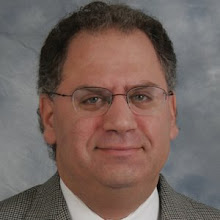The advantages of radiofrequency surgery include controlled lesion size, accurate temperature monitoring, limited need for anesthesia, precise probe placement under fluoroscopic imaging, low incidence of morbidity or mortality, and rapid post-procedure recovery. High frequency alternating current causes vibration of the electrons in the tissues in the vicinity of the radiofrequency (RF) probe, resulting in an increase in temperature. Radiofrequency surgery is performed at temperatures between 60 and 90°C depending on the structure that is causing the pain.
This pain management surgical procedure is used to treat a variety of painful conditions, such as chronic neck and back pain, headaches, trigeminal neuralgia, reflex sympathetic dystrophy (RSD), sciatica, facet syndrome, sacroiliac joint dysfunction, TMJ and cancer pain.
The procedure is performed under fluoroscopic guidance to ensure proper positioning of the RF probe. The surgery lasts approximately 30 to 60 minutes depending on the application. Some patients will experience a burning sensation at the surgery site after the procedure that is controlled with medication until it resolves in about three weeks. Nerves can regenerate over a period of one to two years that might require another RF surgery depending on whether or not the pain returns with nerve regeneration and to what degree.
Monday, November 17, 2008
Subscribe to:
Post Comments (Atom)

No comments:
Post a Comment